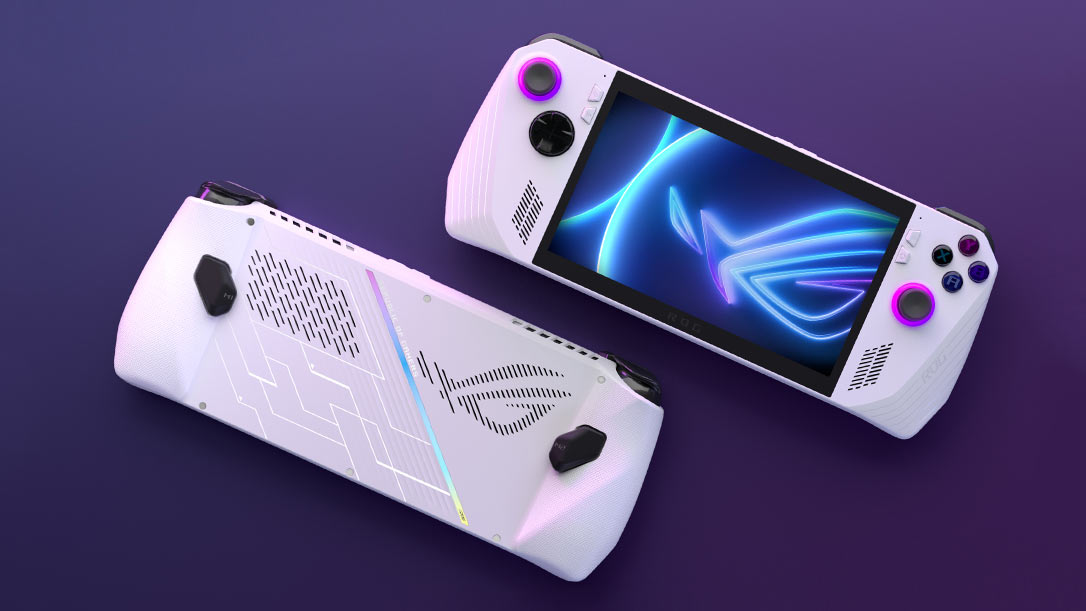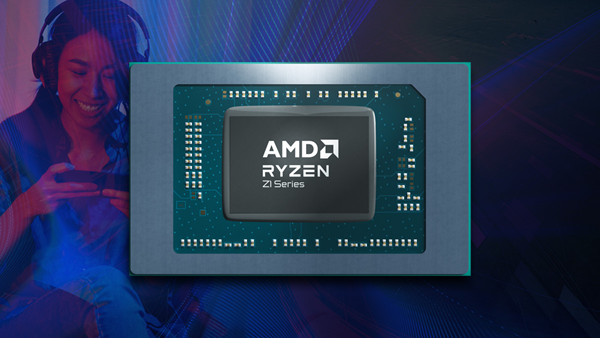
Asus plans to have a ROG Ally gaming handheld successor ready later this year, according to Techlusive. On Wednesday, the India-based tech site extracted this ROG Ally 2 news nugget from Asus India VP Arnold Su. Su was interviewed after the Asus ZenBook 14 OLED launch event in India earlier in the day.
“We most likely will launch a second-generation [handheld gaming console] this year,” said Su to Techlusive. However, it was good to hear a little more detail about the direction for the second-generation handheld. The interview also revealed that the ROG Ally 2 will stick with the Windows ecosystem but will somehow be more gaming-focused.
For those of us outside of India, some less interesting interview segments included discussions about the relative penetration rate of the handheld in India vs other countries/regions. Apparently, Asus sold just 70,000 to 80,000 Asus ROG Ally devices in this incredibly populous country.
Many readers will be scouring this report and the source for any clues on the improvements Asus intends to deliver with the next generation of the ROG Ally. Sadly, preliminary specs seemed outside the bounds of the conversation between the source and the Asus India VP.
However, we might as well enjoy a little speculation regarding potential improvements coming to the ROG Ally 2. If the designers of the original device took heed of our review from May last year, they would surely target the software, ergonomics, and battery life – which were lowlights of the product experience.

One obvious target for upgrade is the processor. Asus received a timed exclusive on the AMD Ryzen Z1 Extreme SoC, based on Zen 4 and RDNA 3 architectures (and isn’t dissimilar to the Ryzen 7 7840HS). Perhaps Asus will be lucky enough to scoop a ‘Ryzen Z2 Extreme’ successor, which could be a handheld gaming tuned version of a Ryzen 8040 or newer series of APUs. We don’t think it is likely that Asus will jump ship to Intel, following in the footsteps of MSI’s Claw.
Besides the negative points we highlighted in our original ROG Ally review, Asus could choose a different screen size and/or upgrade from an IPS to an OLED panel. The system’s 16GB of LPDDR5 probably wouldn’t need upgrading for now, but an introductory 1TB base storage amount would be very welcome, given the size of modern Windows games. Lastly, this handheld market has rapidly become highly competitive, so keeping a cap on the price will be important.







